Zaur Tedeev
Your education: Faculty of Architecture and Civil Engineering, SKGMI (Vladikavkaz, Bachelor’s degree) and Faculty of Architecture, MARKHI (Moscow, Master’s degree)
Describe your art in three words: Color · Chaos · Experiment
Your discipline: Painting · Graphics · Photography · Sculpture · Graphic Design · Small Architectural Forms
Website | Instagram
Your path began with architecture and led to photography, painting, and sculpture. How does your architectural training continue to shape the way you create and compose visual works today?
Architectural education, by its very nature, is interdisciplinary. To succeed as a future professional, an architect must possess broad knowledge in composition, color theory, academic drawing, painting, sculpture, model making, physics, geometry, materials science, history, religion, philosophy, and many other fields. Such a comprehensive approach to training shapes a flexible specialist, capable not only of switching between disciplines but also of working competently in each.
That is why it was relatively easy for me to transition to photography, as it is largely governed by the same principles as architecture and related arts. Photography requires an understanding of composition and color harmony — just as an architect balances volumes and color solutions, a photographer seeks balance within the frame and harmony of shades. Knowledge of academic drawing and painting helps one perceive light and shadow, build perspective, and create rhythm within the image. Sculptural thinking translates into the ability to “mold” space through light and depth of field. The laws of geometry appear in the construction of lines, proportions, and symmetries of the frame, while physics provides the foundation for understanding optics, exposure, and the interaction of light with surfaces.
Even history and philosophy play a role: photography, like architecture, never exists outside a cultural context and always conveys a certain worldview. In essence, moving from architecture to photography was not a shift into another field but a continuation of the same principles in a different medium.
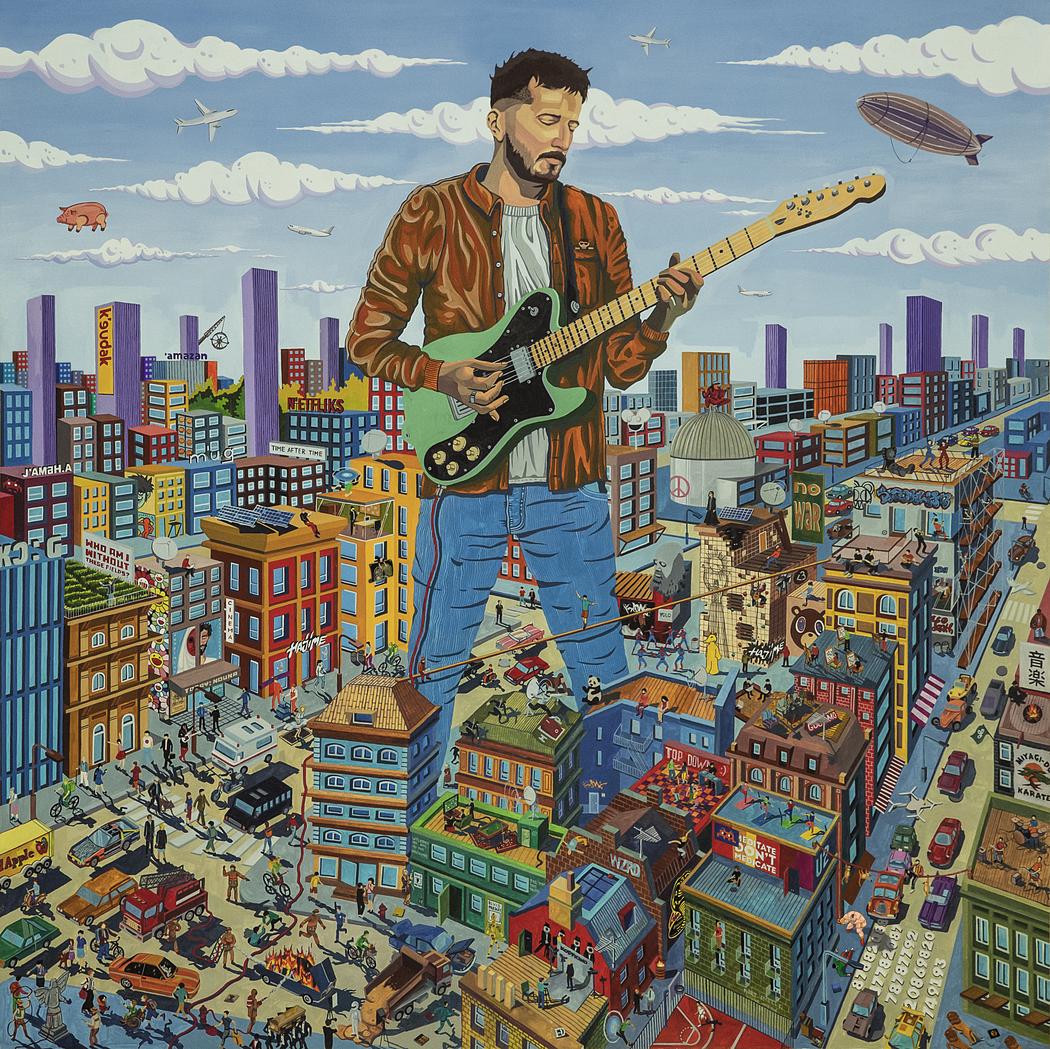 Zaur Tedeev | Distant Times | 2023
Zaur Tedeev | Distant Times | 2023
What initially drew you to painting, and how did this practice grow alongside your photography?
I started painting much earlier than photography, around the age of eight. Until I was 16–17, I focused only on painting, and then I enrolled in drawing classes to improve my skills and apply to the architecture faculty. During my studies, I became interested in photography, began shooting a lot, received my first commissions, and photography became my main activity.
In 2020, when the world was struck by COVID and everyone stayed at home, I returned to painting and began creating music album covers for various performers. Later, related techniques came into play: graphics, appliqué, collage, sculpture—essentially everything I had studied within my architectural education.
Today, when developing a particular idea, I have the opportunity to view it from different technical perspectives and choose the medium in which it will best reveal its potential.
Your paintings feature rich colors and layered symbolism. How do you develop your color palettes and compositional structures?
I love color very much. I believe this is one of the features of the southern temperament. The bright hues found in building facades, natural landscapes, and the extroversion of people create a kind of “southern visual-emotional DNA” that one absorbs with mother’s milk. There are countless artists who support my point: Armenian painter Martiros Saryan, Ossetian artists Makharbek Tuganov, Azanbek Janaev, and Lavrenty Kasoev, Georgian artists Lado Gudiashvili, Rezo Gabriadze, and Zurab Tsereteli, Italian painter Guglielmo Sansoni, Mexican painter Diego Rivera, and many others.
The composition and color palette of my works are often built intuitively — or rather, the knowledge and skills I have acquired have dissolved so deeply into my consciousness and subconscious that composition and color have become a kind of “inborn reflex.” When, in the process of creating a work, some element falls out of place in terms of composition or color, that feeling haunts me until it finds its proper spot. Everything, therefore, comes down to something simple — until the elements take their rightful place, I continue working, and this is precisely how the integrity of my works is born.
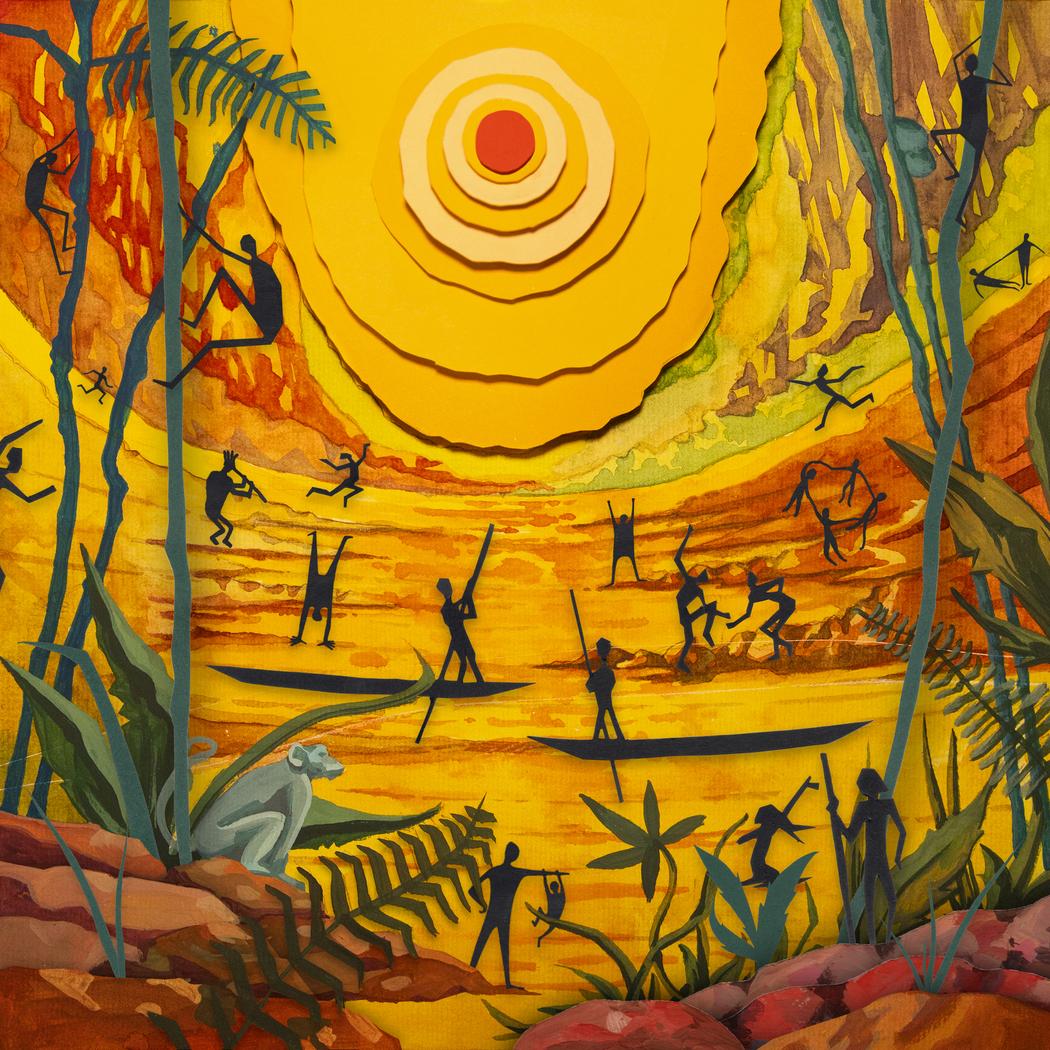 Zaur Tedeev | Euphoria | 2024
Zaur Tedeev | Euphoria | 2024
Many of your works mix watercolor, gouache, and collage. What attracts you to these particular techniques and textures?
Watercolor painting for a long time was beyond my grasp; it is a truly difficult technique that must be “tamed” and controlled so that it is not the work that dictates to you, but you who shape the work and remain faithful to your idea. Thanks to many years of refining my watercolor skills, I grew close to it, and for some time watercolor became my main way of bringing different ideas to life.
As for gouache, that is where I first began painting. When I want to create a more graphic, almost poster-like work, I turn to this technique. But that does not mean that gouache is not painterly—quite the opposite. It is just that at this stage I tend to use it in a more graphic way.
My first attempts at collage also happened within the painting course at the architecture faculty. I remember we had an assignment to create a still life from cut-out magazine pieces, and I want to emphasize that it is a wonderful exercise for developing one’s search skills, color analysis, and sense of combinations. Some time later I continued working with collage while designing album covers for musicians, and the results were very interesting pieces.
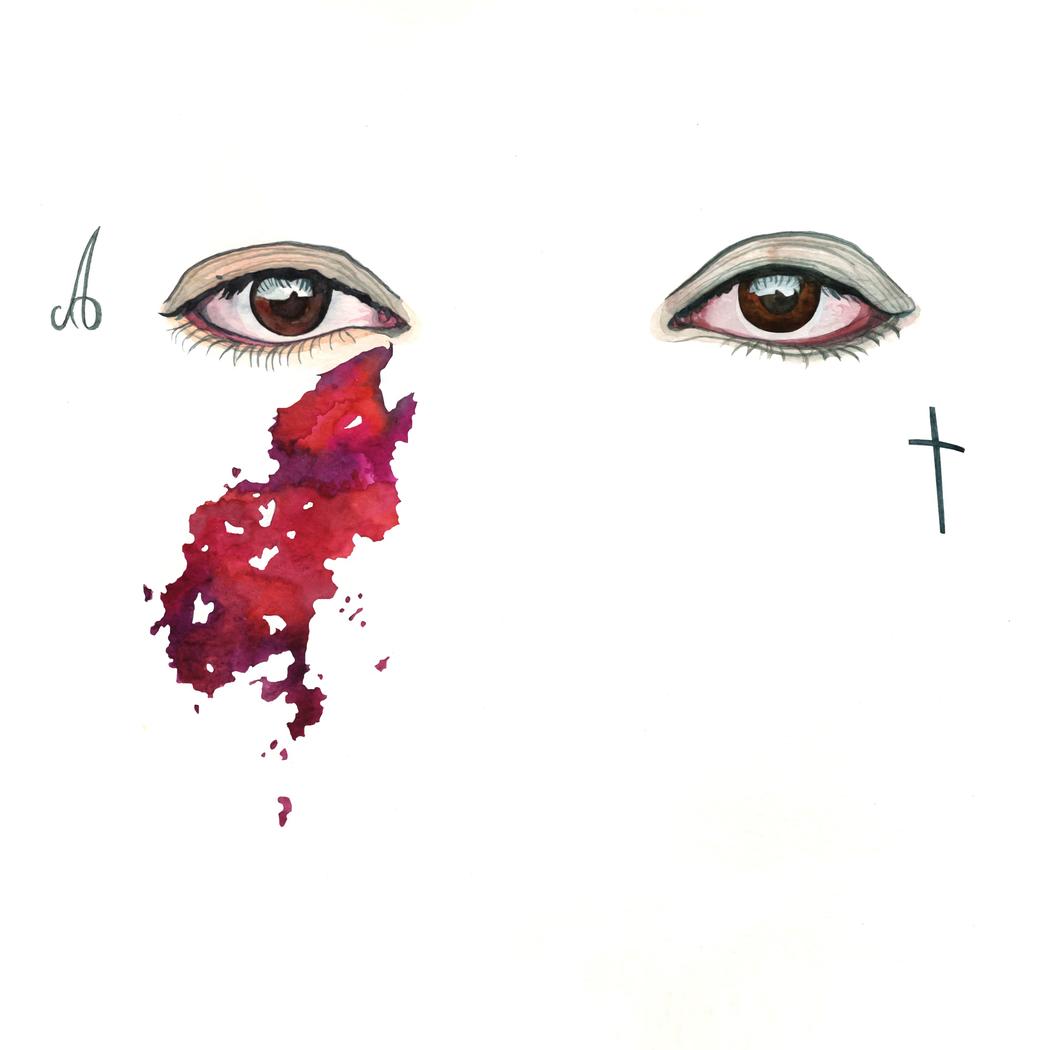 Zaur Tedeev | Mirror | 2020
Zaur Tedeev | Mirror | 2020
Your collaborations range from international magazines to album covers for musicians. How does working with popular culture influence your fine-art practice?
Working with mass culture gives me the opportunity to test my artistic techniques on a broader audience. It disciplines me, teaches conciseness, and helps me better understand how visual language functions in different contexts. At the same time, I do not view such projects as a compromise — rather as another platform for experimentation, where new solutions can be found and later transferred into my personal works.
Your art bridges local traditions and global audiences. How do you balance authenticity with accessibility for an international viewer?
I try to work with images that feel organic to me and come from the local context. At the same time, I use a universal visual language — color, form, rhythm. Thanks to this, the works remain authentic and yet understandable to viewers from anywhere in the world.
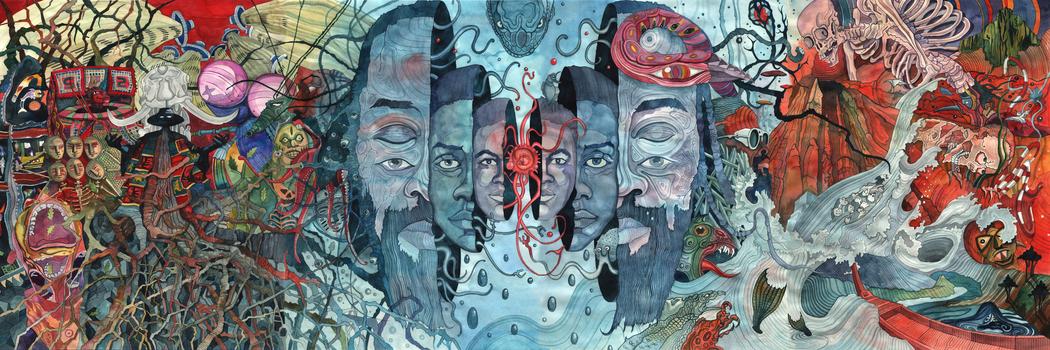 Zaur Tedeev | Subconscious | 2020
Zaur Tedeev | Subconscious | 2020
Are there particular places, communities, or collaborations you dream of working with in the coming years?
Yes, of course. As for collaborations, I would like to work with representatives of various creative fields: Kendrick Lamar, Tyler the Creator, and Kanye West — I resonate with their interdisciplinary, “umbrella” approach to creativity that goes beyond music alone. Also, architects such as Tadao Ando, Santiago Calatrava, Bjarke Ingels, and the Herzog & de Meuron studio. I like when figures from “monumental,” serious professions such as architecture meet representatives of pop culture within the creative process to generate new contexts for dialogue and experimentation.
I would also like to take part in various biennales (for example, in Venice, Moscow, Saudi Arabia, Manifesta, and others), as well as different art fairs. The list is quite extensive.

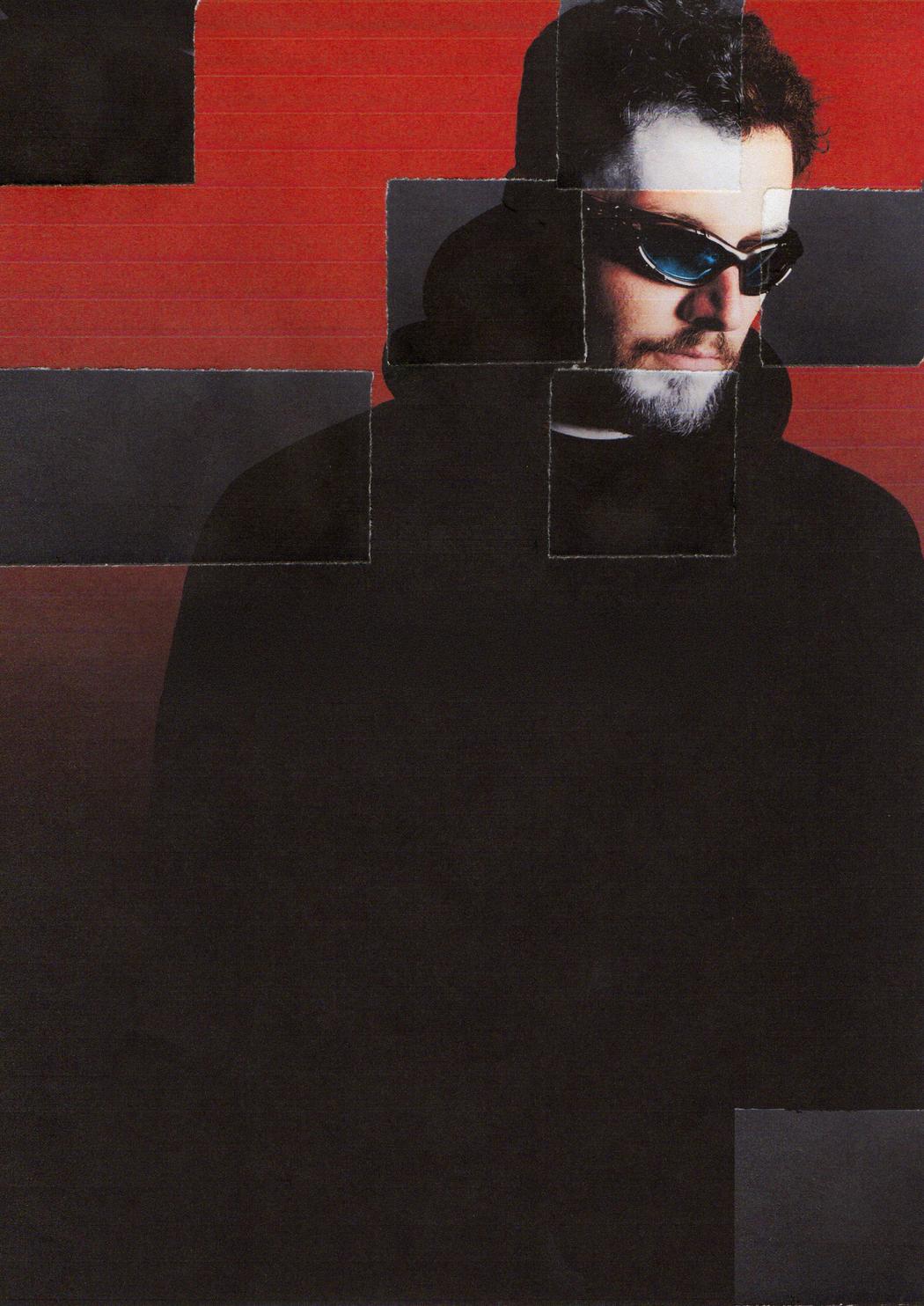
Leave a Reply